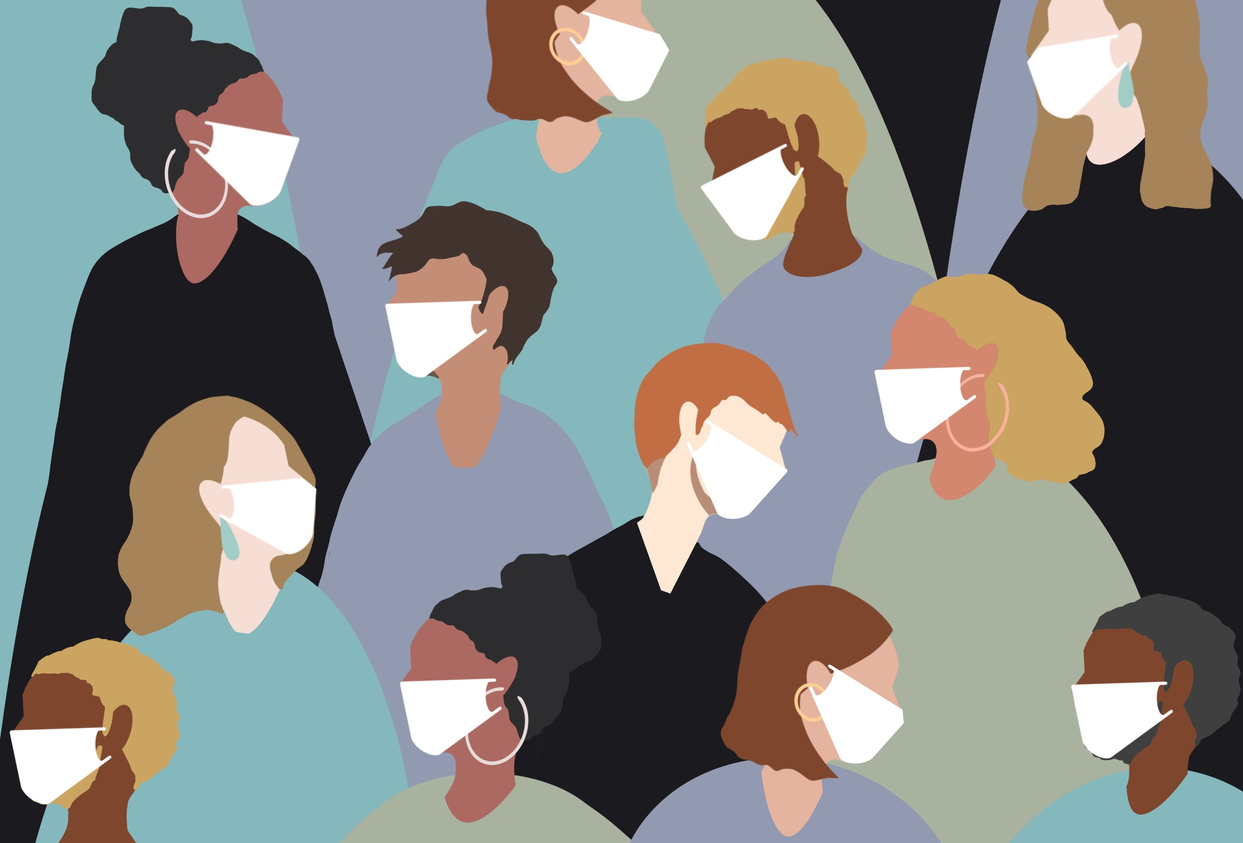This post is for the optician in your group or practice. According to Prevent Blindness America, over 24 MILLION (that’s 24,000,000) Americans have cataracts.
What is a cataract?
Proteins begin to cloud your vision – grouping in the lens. They block light as it passes through to the retina. Slowly, vision clouds and light sensitivity becomes very strong.
Affecting most mammals and humans, cataracts are the top cause of blindness for older adults – in fact, over half of people over the age of 60.
There are no medical treatments to relieve cataracts – surgery is the only option. This requires removing the lens and replacing it with an intraocular lens.
The future of eye disease:
Eye disease related expenses, both public and private, are anticipated to reach over $700 billion by 2050. This predicts the shifts between public and private healthcare, and offers many suggestions for the future of the eye care field.
According to NORC at the University of Chicago – we can expect:
- Eye disease-related expenses (including government, insurance and patient costs), are projected to increase 376 percent by 2050
- Hispanics are projected to exhibit extremely high growth in diabetic retinopathy, glaucoma and cataract cases.
- As the baby-boomer generation ages into the Medicare program, costs will further shift from patients and private insurance to government. By 2050, government will pay more than 41 percent of costs, while the burden paid by patients and private insurers will drop to 44 percent and 16 percent, respectively.
- Women will continue to outnumber men in prevalence of all eye disease and vision loss categories except for diabetic retinopathy.
- Those aged 90 and older are projected to be by far the fastest growing population segment, with their population more than tripling due to both the aging baby-boomers and increasing longevity. This will have a significant effect on those living with eye disease, as many of these conditions are age-related.
- The estimated average age of AMD patients is 80 years old, the oldest of any of the included eye diseases. Diabetic retinopathy patients have an average age of 66 years, the youngest of any of the included eye diseases.
Eye diseases and affectations are the purview of the optician in your group. If you, or anyone you know has long term clouding of vision, they should visit an eye doctor to determine their eye health.
Explore www.cphins.com for additional information on optician malpractice insurance or professional liability insurance for opticians.





